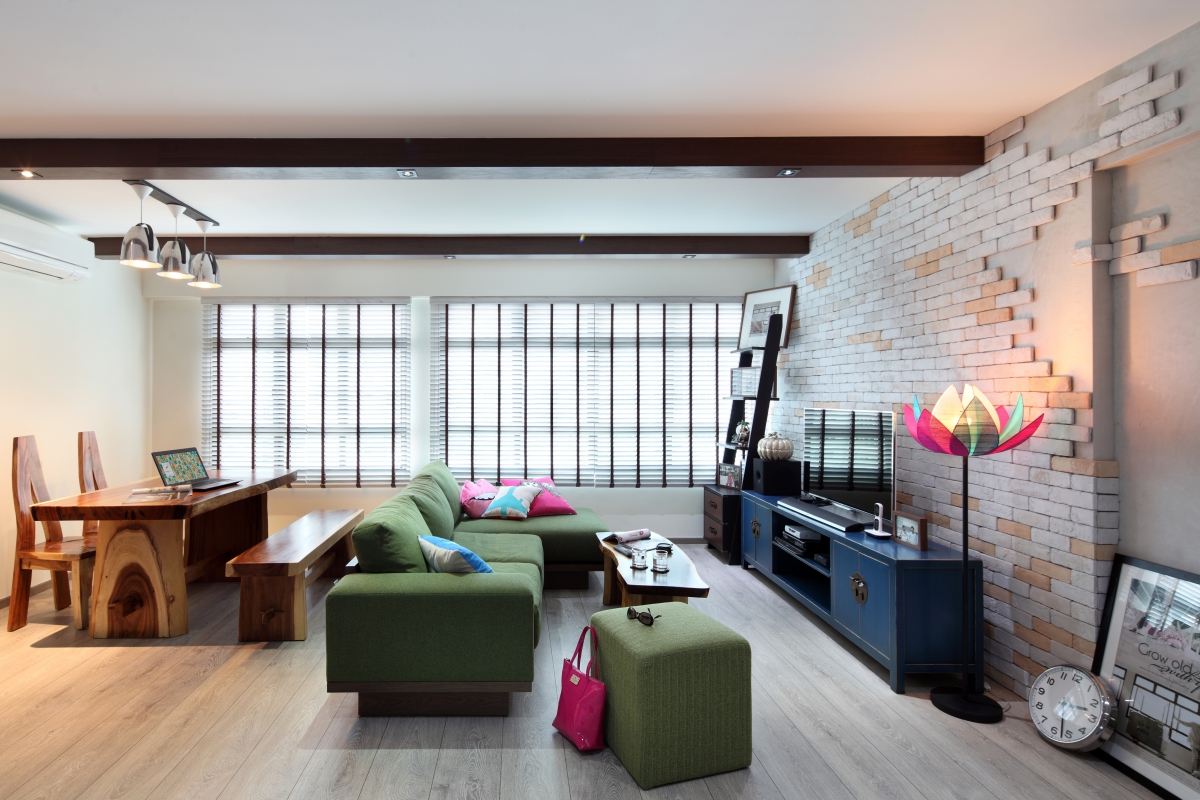Colors In The Classroom That Will Boost Active Learning
Interior Design & Decor5 minutes read
2295 views
2295 views
Best Colors in The Classroom That Will Boost Active Learning in Students
When it comes to classrooms, colors are super important. They can change the mood and environment of a classroom and even influence how you interact with your students. The colors you choose to use in your classroom reflect who you are as an educator. Colors must be functional and helpful for students learning to use cheap assignment writing for their school work. In this article, we'll go over some of the different colors that can help boost active learning in your class—and what science says about their effects on students' brains!
Color-Coded Classroom
When students learn new information, colors can help them remember and feel more comfortable. Using color in the classroom is a great way to make your lessons more memorable for students. Here are some ideas on how to use color to create a more engaging learning environment:
● Use colors that match your subject matter. For example, if you're teaching about rocks or minerals, you could use browns and tans as the primary colors of your lesson materials.
● Use colors that match the mood of each topic. For example, if you're discussing anger management during class one day, then dark reds or oranges may be appropriate. Remember that these colors are not always appropriate depending on their emotional context. For instance, it wouldn't make sense for an upbeat pop song about love or friendship between friends before lunchtime when everyone's hungry!
Painted Learning Spaces
Painted learning spaces are becoming increasingly popular in classrooms, and for a good reason. They're a great way to add color and interactivity to a room. They also have the potential to boost your students' creativity, attention span, and engagement.
The benefits of painting are apparent. Color is one of the most easily recognized visual stimuli in human culture. This means it can help your students feel more comfortable in an unfamiliar environment (like an elementary school classroom). Colors have been shown to affect moods as well. For example, reds and yellows evoke enthusiasm or energy (ideal for active learning), whereas blues are calming colors that put people at ease.
Color Plays an Important Role
Color plays a role in student learning and development. It is used to help students learn and remember information, feel comfortable in the classroom and focus on content. This can be seen through the use of colors such as red, orange and yellow, which have been shown to induce excitement or happiness. On the other hand, colors such as blue or green have been shown to promote feelings of calmness.
The Benefits Of Using Colors To Help Students Learn
Using colors in the classroom has many benefits that can help students learn. Your mood can affect your productivity, focus, and attention span. A blue wall may make you feel relaxed, and a yellow wall may make you feel energized. When using these colors, it is essential to consider each student's personality and favorite color.
The Effects Of Color On Emotions
Color can affect how we feel, so it's essential to choose colors for your classroom that will help boost active learning. The following chart shows the emotional effects of different colors and their associations:
● Red is associated with anger and aggression
● Blue is associated with calmness and confidence
● Yellow is associated with happiness and energy
● Green is associated with nature and health
● Pink is associated with romance
Blue
Blue is a perfect color for active learning. Blue has a calming effect on students and can be used in classrooms to help students relax and focus. For example, blue can help students with ADHD, autism, and dyslexia.
Yellow
● Yellow is a happy color and will encourage your students to be active.
● It's also a great way to create a positive environment.
● Yellow creates feelings of warmth, optimism and energy.
● Yellow is another good color for creating a sense of urgency.
Red
Red is an excellent color to use in a classroom. It's a stimulant that activates the brain, which can help students stay awake and alert. It also promotes confidence and power, making students feel more confident about their learning experience.
Orange
Orange is a warm color that stimulates the brain. It's also a bright and bold hue, perfect for drawing attention to important information within your classroom. Since orange is an energizing color, it can help students learn active learning activities. Orange is also a great way to encourage students to focus on what they're doing in class by making you or your materials stand out!
Purple and Pink
Purple and pink are both calming colors. Purple has long been associated with royalty and luxury, while pink is associated with love and compassion. When used together, these colors bring a peaceful tone to the classroom, which can help students engage more deeply in learning activities.
Purple is an excellent color for use on furniture or walls of your classroom because it has been shown to reduce stress and anxiety in students and increase focus and concentration. Pink's soothing effect also makes it a practical color choice for any classroom space that could benefit from calming vibes!
The color you choose in your classroom will have a Big Impact on your Students
As a teacher, you must remember that the colors in your classroom can significantly impact how students learn and feel. It may be a matter of personal preference. Studies have found that specific colors can help with retention and focus, while others can boost creativity and comfort. Here are some examples of what your choices could mean for students:
● Blue stimulates concentration and helps people focus on the tasks at hand.
● Yellow is the most visible color because it draws attention to itself (and makes us feel happy). Plus, yellow is associated with warmth, so it can be suitable for classrooms where students might feel stressed out. Or anxious about being in front of others. Research shows yellow can reduce anxiety by up to 20%.
● Orange stimulates creativity. It's often used in art studios because artists associate it with inspiration! One study showed that when participants were given an orange-colored pen vs. another color (blue), they produced more creative writing later on down the road! If you want your students to do more work outside of class or come up with original ideas from scratch, then using orange as part of their learning environment could help them succeed academically over time.
Conclusion
We hope this article has inspired you to make changes in your classroom. The benefits of using colors to help students learn are enormous, and it can be as simple as repainting a wall! If you're looking for more information about color psychology, here are some resources with more information about the effects different colors have on people.
Request for quotes and we'll match you with a selection of Interior Designers!
Previous
How does Architecture Affect Education of Students & Their Minds?


 Sign Up with Google
Sign Up with Google

.jpg)